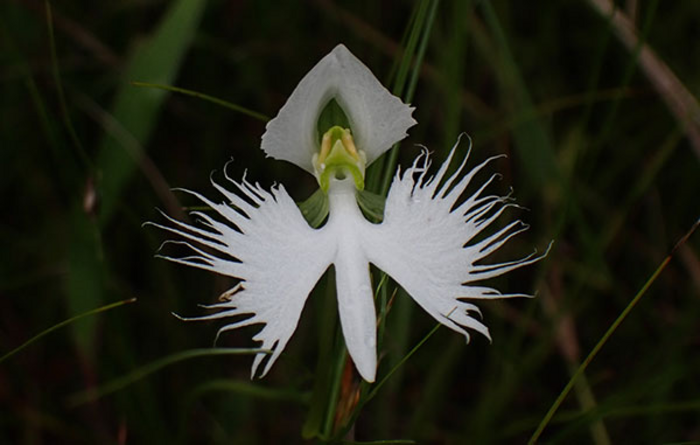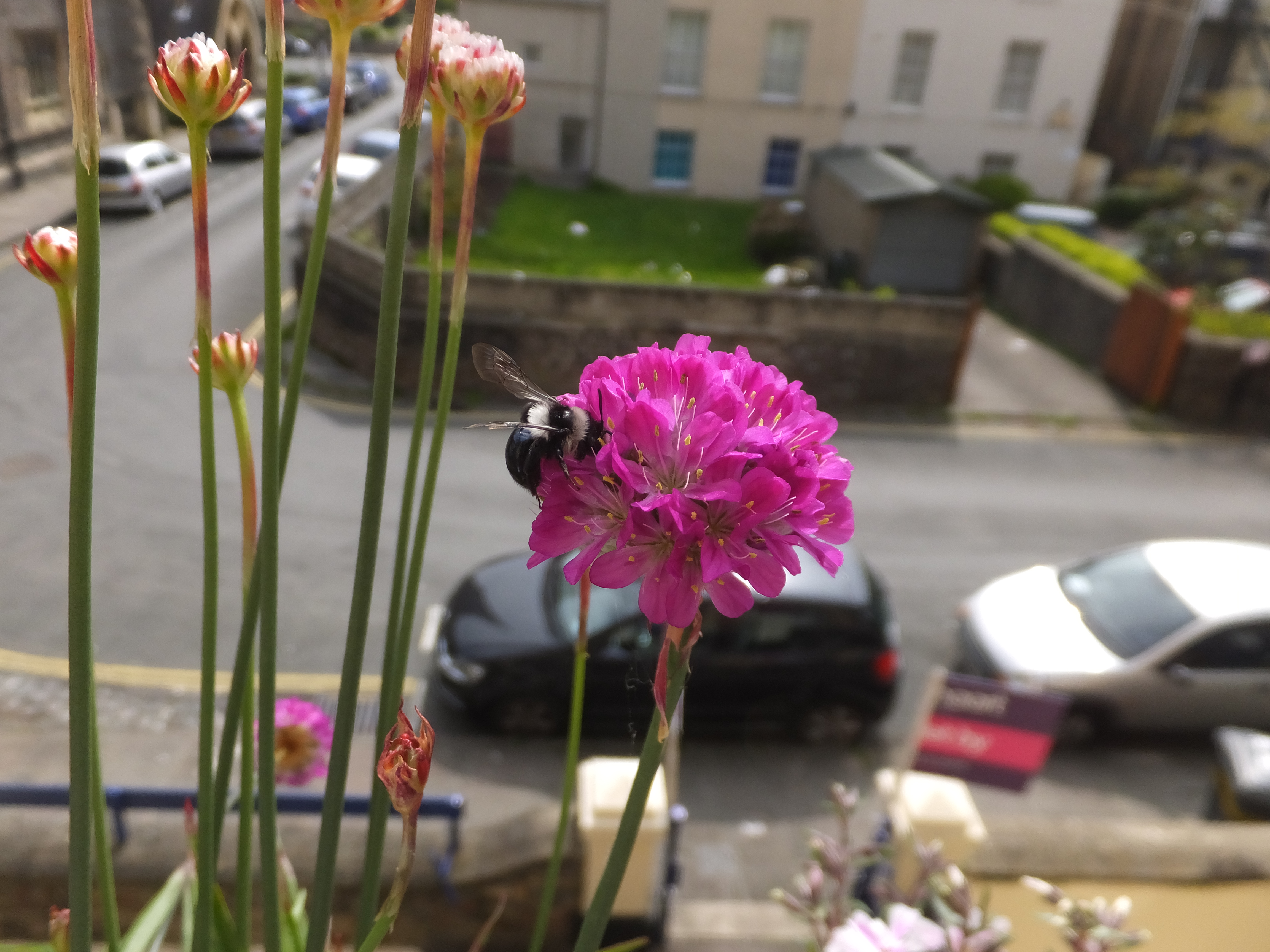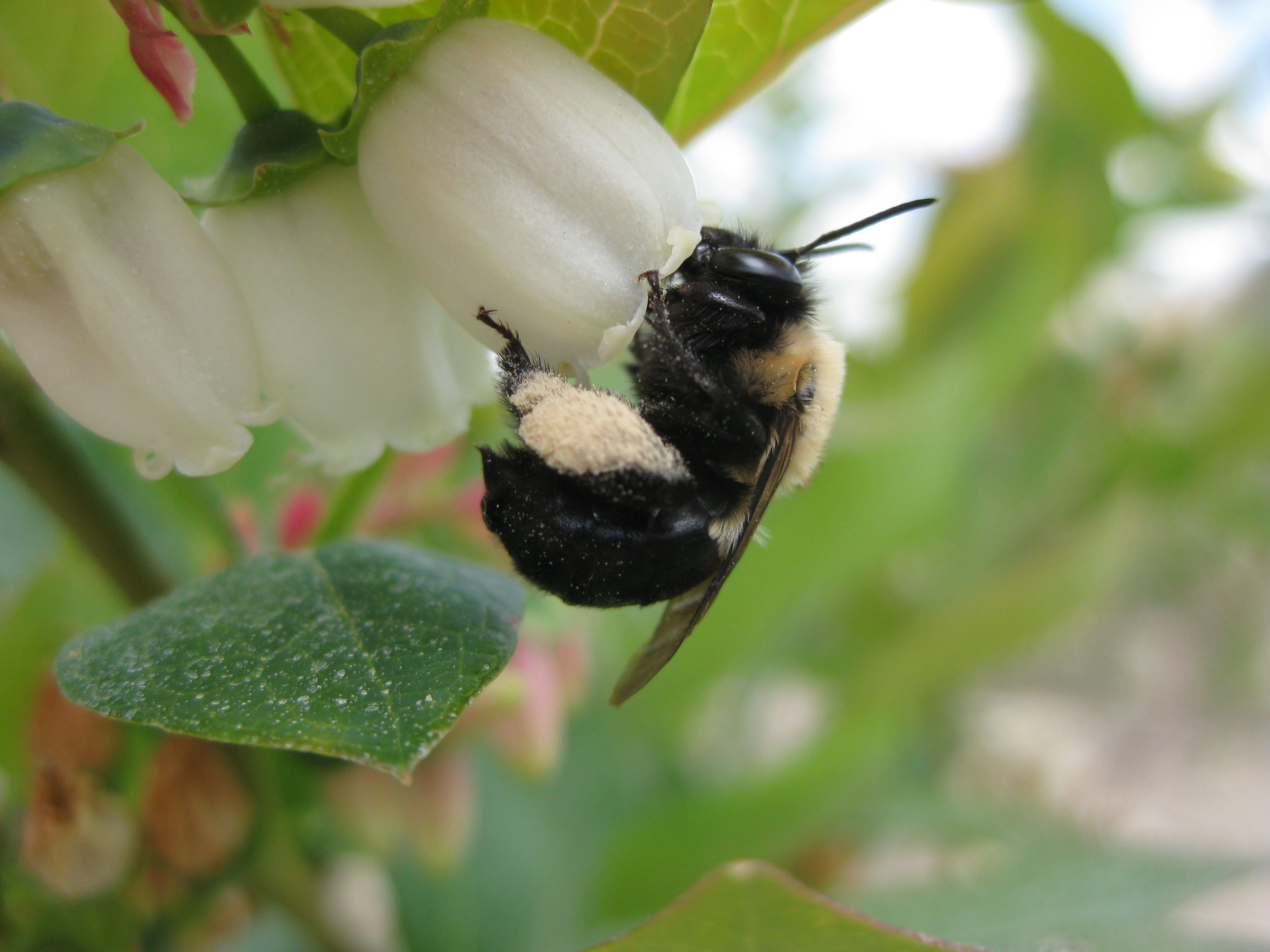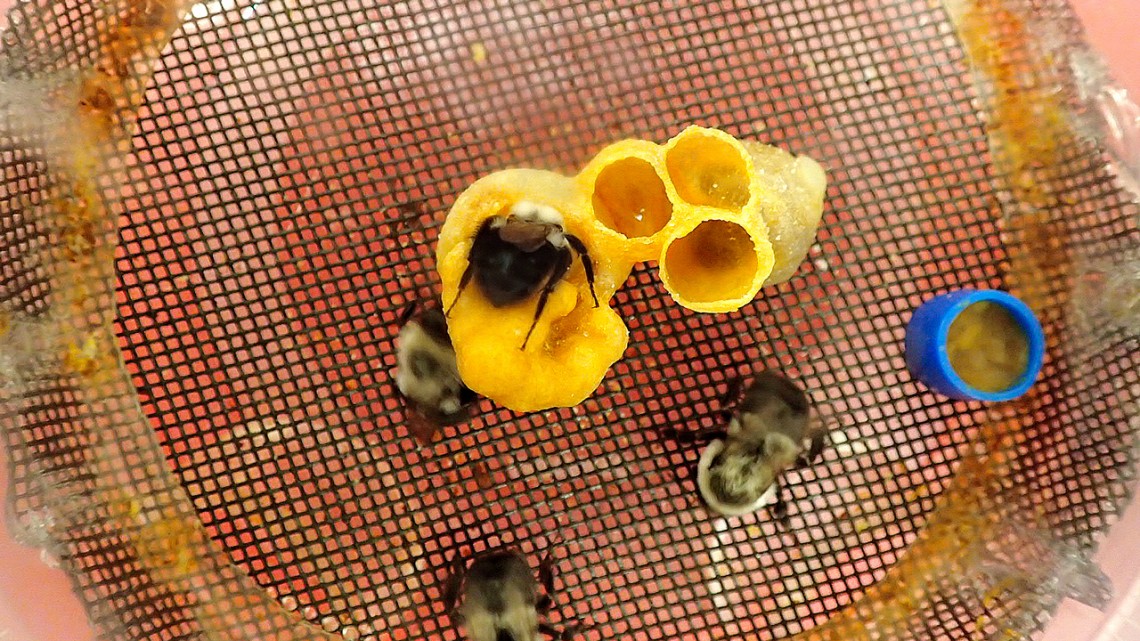In a group of plants that is famous for luring its pollinators into a death trap, one species offers its flowers as a nursery in exchange.
Tag: Pollination
Researchers learn how nectar-laden honey bees avoid overheating
Honey bees carrying nectar have the remarkable ability to adjust their flight behavior to avoid overheating when air temperatures increase, according to research led by a University of Wyoming scientist.
Orchid without bumblebee on island finds wasp, loses self
Because the bumblebee that an orchid relies on for pollination does not exist on a remote island, the plant gets pollinated by an island wasp.
Pollination by more than one bee species improves cherry harvest
To obtain the biggest cherry harvest, trees should be pollinated by both honey bees and mason bees. A new study led by a researcher at the University of Gothenburg shows yet another benefit of biodiversity.
Plants Pollinated by Honey Bees Produce Lower-quality Offspring
In a first of its kind comparison, UC San Diego scientists have shown that pollination by honey bees, which are not native to the Americas, produces offspring of considerably inferior quality (lower fitness) than offspring resulting from native pollinators.
How Insects Track Odors by Navigating Microscale Winds
Insects use odor plumes — which travel like smoke and form when the wind blows odor molecules from their source — to track down sources such as flowers or pheromones. But wind tunnels are typically unable to replicate realistic outdoor wind conditions. In Physics of Fluids, by AIP Publishing, University of Nevada at Reno researchers decided to explore microscale wind conditions in various outdoor environments to better understand what flying insects might experience while tracking odor plumes.
Insect-slapping flower stamens maximize pollination
For centuries scientists have observed that when a visiting insect’s tongue touches the nectar-producing parts of certain flowers, the pollen-containing stamen snaps forward.

Orchid helps insect get a grip
The wild orchid Habenaria radiata’s pure white petals resemble a white egret in flight (hence its common name white egret orchid).
The humidity of flowers acts as an invisible attractor for bumblebees
As well as bright colours and subtle scents, flowers possess many invisible ways of attracting their pollinators, and a new study shows that bumblebees may use the humidity of a flower to tell them about the presence of nectar, according to scientists at the Universities of Bristol and Exeter.
Losing Nature Impacts Black, Hispanic, and Low-Income Americans Most
When nature vanishes, people of color and low-income Americans disproportionally lose critical environmental and health benefits–including air quality, crop productivity and disease control–a new study in Nature Communications finds.

Pioneering research reveals gardens are secret powerhouse for pollinators
Home gardens are by far the biggest source of food for pollinating insects, including bees and wasps, in cities and towns, according to new research.
Study of flowers with two types of anthers solves mystery that baffled Darwin
Some flowers use a clever strategy to ensure effective pollination by bees, doling out pollen gradually from two different sets of anthers

Decline of Bees, Other Pollinators Threatens U.S. Crop Yields
Crop yields for apples, cherries and blueberries across the United States are being reduced by a lack of pollinators, according to Rutgers-led research, the most comprehensive study of its kind to date. Most of the world’s crops depend on honeybees and wild bees for pollination, so declines in both managed and wild bee populations raise concerns about food security, notes the study in the journal Proceedings of the Royal Society B: Biological Sciences.

Bumblebees aversion to pumpkin pollen may help plants thrive
Cornell University researchers have found that squash and pumpkin pollen have physical, nutritional and chemical defense qualities that are harmful to bumblebees. The results of their recent study suggest that deterring bumblebees from collecting and eating pollen may provide an evolutionary benefit to cucurbit plants.

Mosquitoes are drawn to flowers as much as people — and now scientists know why
Scientists have identified the chemical cues in flowers that stimulate mosquitoes’ sense of smell and draw them in. Their findings show how cues from flowers can stimulate the mosquito brain as much as a warm-blooded host — information that could help develop less toxic repellents and better traps.